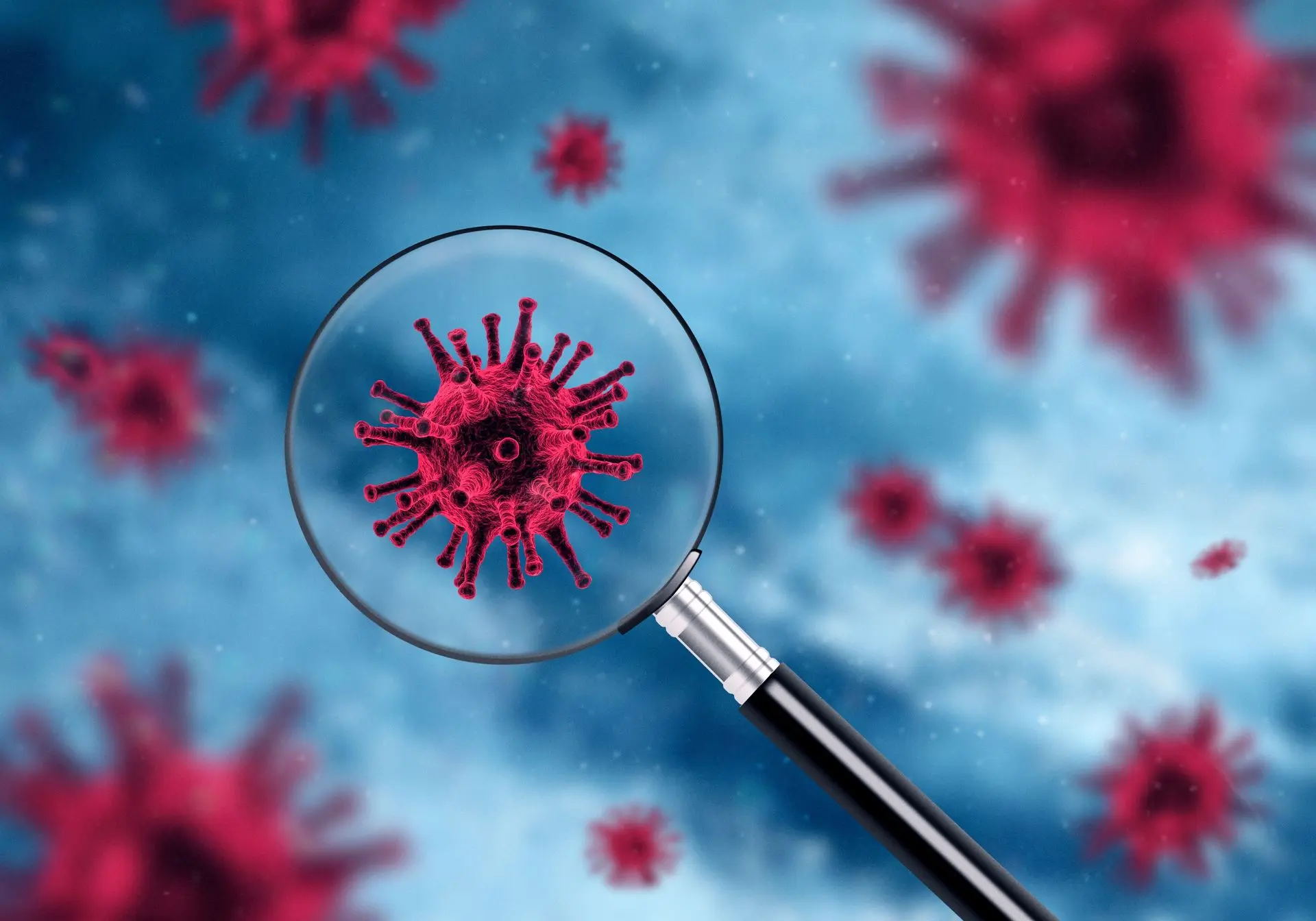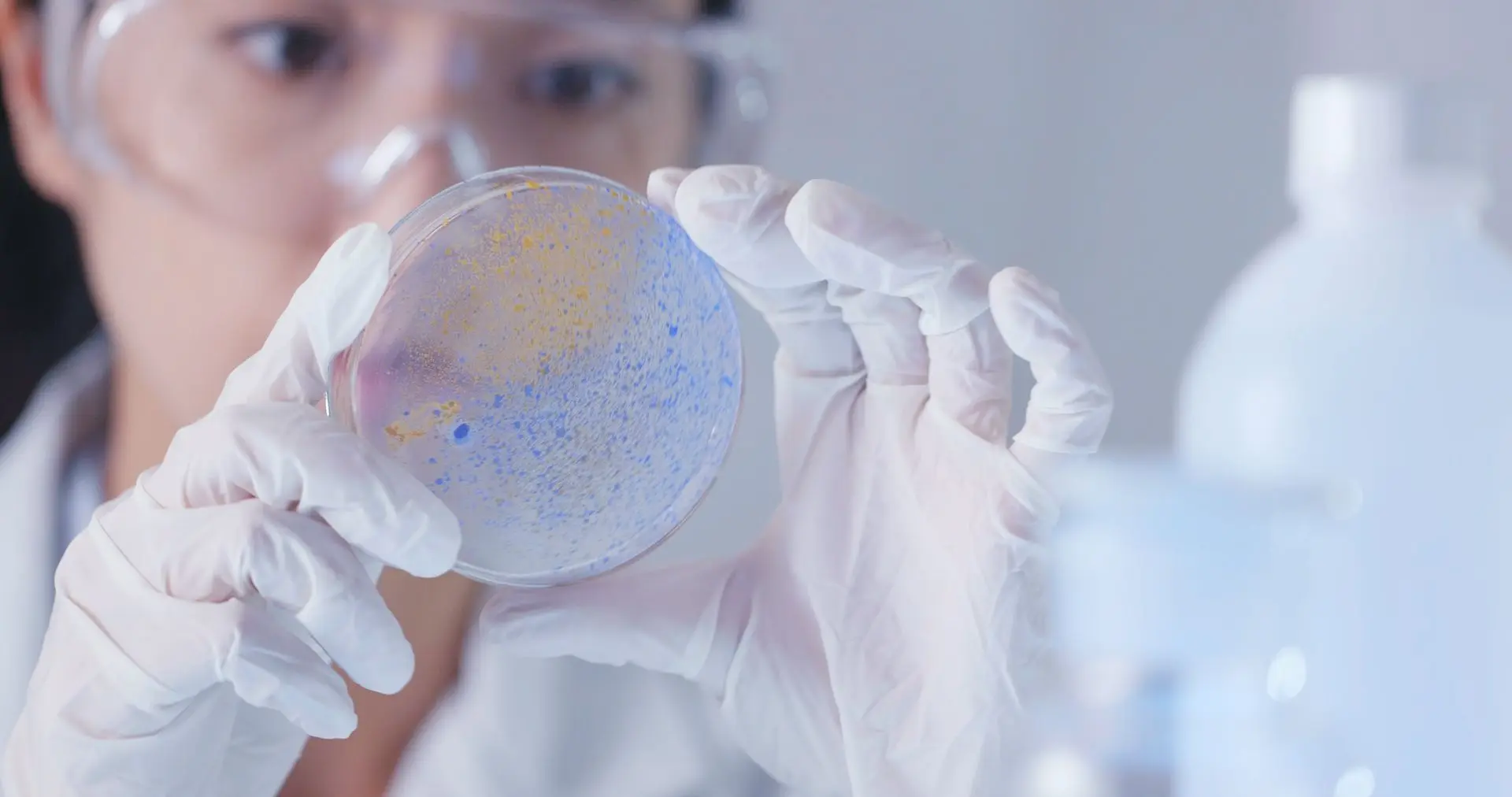Cross-border research into antibiotic resistance in humans and animals
I-4-1-Health investigates the occurrence of insensitivity (resistance) of bacteria to antibiotics. Resistance poses a danger to humans and animals. Patients with an infection caused by resistant bacteria are more difficult to treat than patients with an infection caused by normal bacteria. As a result, they are usually ill for longer and more seriously and can die. I-4-1-Health maps resistance with the aim of preventing, controlling and combating further resistance.
Bacteria spread easily. Between people, from people to animals and vice versa. That is why i-4-1-Health maps resistance and spread in both people and animals. The spread of bacteria also knows no borders. That is why the research is taking place in the border region of Flanders and the Netherlands. This cross-border character and the fact that everything is mapped in the same way in both people and animals at the same time makes this project unique.
Developing IRIS to prevent spread
Measuring is knowing. In order to measure and visualise infection risks in the same way, i-4-1-Health is developing a method: the Infection Risk Scan (IRIS). The IRIS enables users to visualise infection risks using an app. The IRIS measures various risk factors that influence the contracting of an infection and the spread of resistant bacteria. This includes processes that can be influenced by people, such as cleaning, hand hygiene by healthcare providers, and the correct use of medical devices and antibiotics. In addition, the IRIS looks at outcomes, such as carriage of resistant bacteria and their spread. This complete and comparable overview of infection risks allows targeted improvement actions to be implemented that help reduce infections.

The occurrence of resistant bacteria
The i-4-1-Health project maps the presence of resistant bacteria that occur in the intestines of humans and animals in the border area. In order to investigate this, a small amount of feces will be examined in the laboratory. People will be asked to put a small amount of feces in a plastic collection container or to use a cotton swab to sweep the outside of the anus and then place this cotton swab in a tube with fluid. In humans, a distinction will be made between healthy people and patients. In pig and poultry farming, animal feces will be collected in plastic collection containers.


Spread of resistance unravelled
When the swab or the pot with stool arrives at the laboratory, it is examined whether resistant bacteria are present. If resistant bacteria are found, a DNA profile will be made of a number of specific resistant bacteria. By comparing different DNA profiles, the i-4-1-Health project is able to see whether dissemination (in the sense of transfer of bacteria) can be demonstrated. This applies to dissemination both within and outside the institution, but also between humans and animals. This is interesting to investigate in a larger area with different countries, such as the border region of Flanders and the Netherlands.